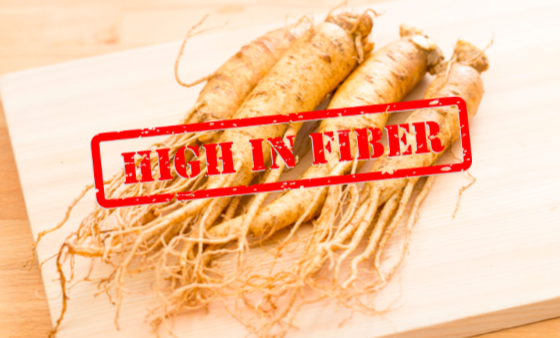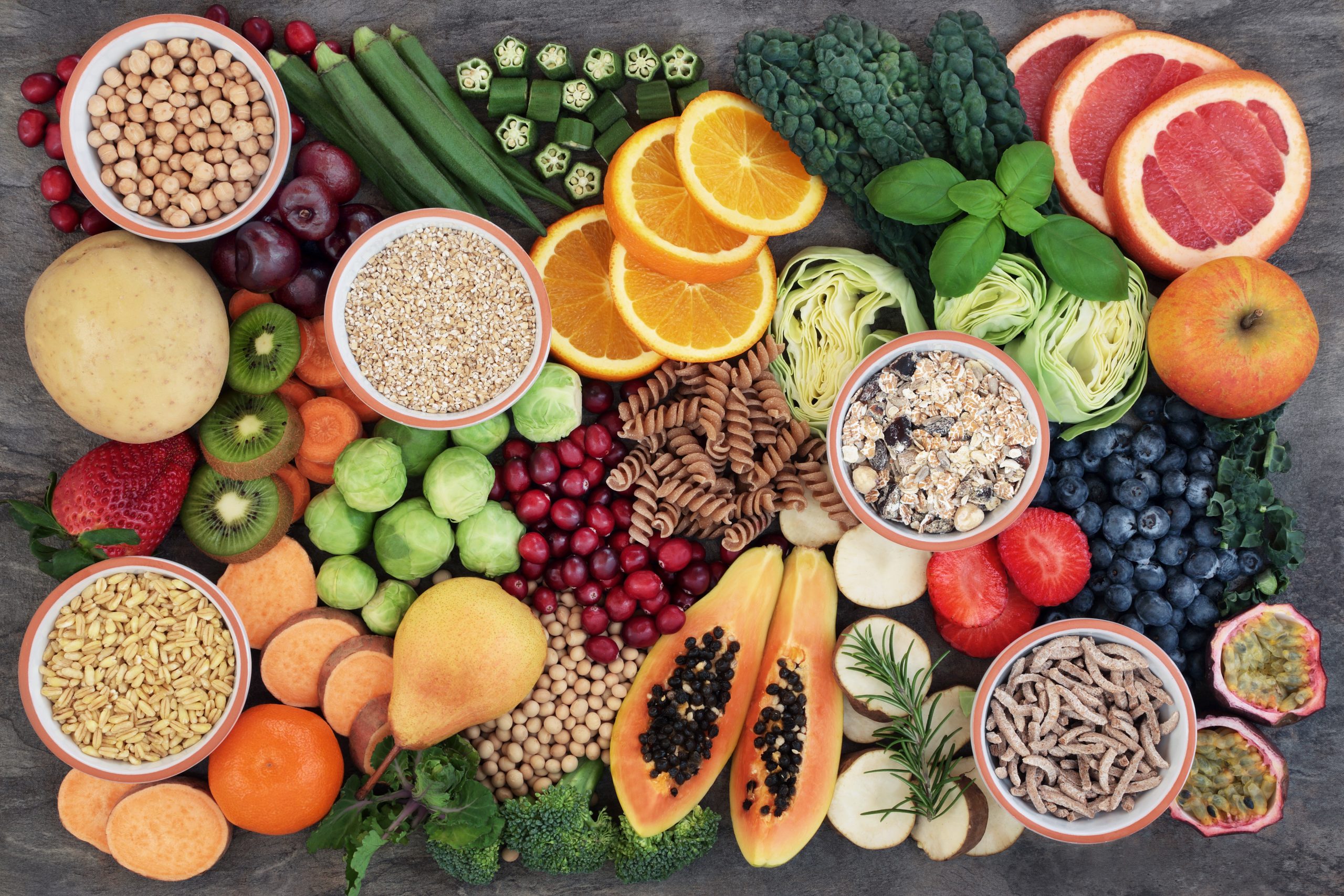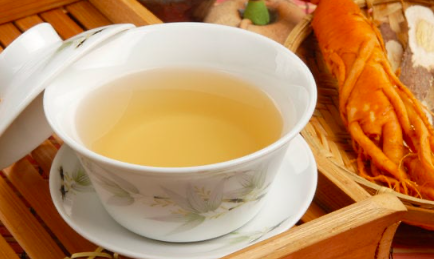When someone mentions fibre, you probably know what they are talking about, but truthfully most of our understanding of it is surface level. So strap right in, because by the end of this blog you will know the facts on fibre, what exactly it is, and why it’s so important for our health!
What is it?
Let’s start from the beginning here… fibre comes from plant foods such as vegetables, grains, fruit and nuts and is the indigestible component of these foods. There are two types of fibre: soluble and insoluble. Soluble fibre is found in plant foods and helps us to feel fuller for longer by slowing the emptying process of digestion into our stomachs. By doing this, it helps to stabilise blood glucose levels and can lower cholesterol. Insoluble fibre is found in wholegrains, nuts, seeds and fruit and vegetable skin. This type of fibre helps to support regular bowel movements, keeping the bowels healthy and soften the contents of our bowels by absorbing water. This after helps to keep our appetites fuller for longer (Nutrition Australia, 2021).
What are the benefits?
As we’ve started to mention, fibre has many benefits for overall health and wellbeing, particularly for our gut health as it regulates bowel movements and improves bowel health. Higher fibre intake also helps to increase energy, keep you fuller for longer, control blood sugar levels and reduce cravings. These benefits all help to maintain a healthy body weight and lower cholesterol levels. All these benefits are associated with living longer, and reducing the risk of cancer and cardiovascular disease (Harvard T.H. Chan, 2023).
How much fibre should I be having?
According to the Victorian Department of Health, adults should be having 25-30g of fibre a day (Victorian Department of Health, 2021). According to The American Heart Association most adults are only eating 15 g of fibre on average daily.
What are the best foods for fibre?
Thankfully, upping your fibre intake doesn’t need to be hard as there are lots of great foods to increase your daily intake. Some of these foods include:
- Fruits and vegetables (particularly leafy greens)
- Ginseng
- Beans
- Lentils
- Popcorn
- Wholegrains
- Nuts and seeds
Now you know the facts..
The fact is… Fibre is a very important component of a healthy and balanced diet. Try it out for yourself by increasing your daily fibre intake and notice the difference in how you feel.
References
Harvard T.H. Chan, (2023). Fibre, The Nutrition Source, accessed on 27/01/2023, <https://www.hsph.harvard.edu/nutritionsource/carbohydrates/fiber/>
Nutrition Australia, (2021). Fibre, accessed on 27/01/2023, <https://nutritionaustralia.org/fact-sheets/fibre-2/>
Victorian Department of Health, (2021). Dietary Fibre, Better Health Vic. Accessed on 27/01/2023, <https://www.betterhealth.vic.gov.au/health/healthyliving/fibre-in-food>




